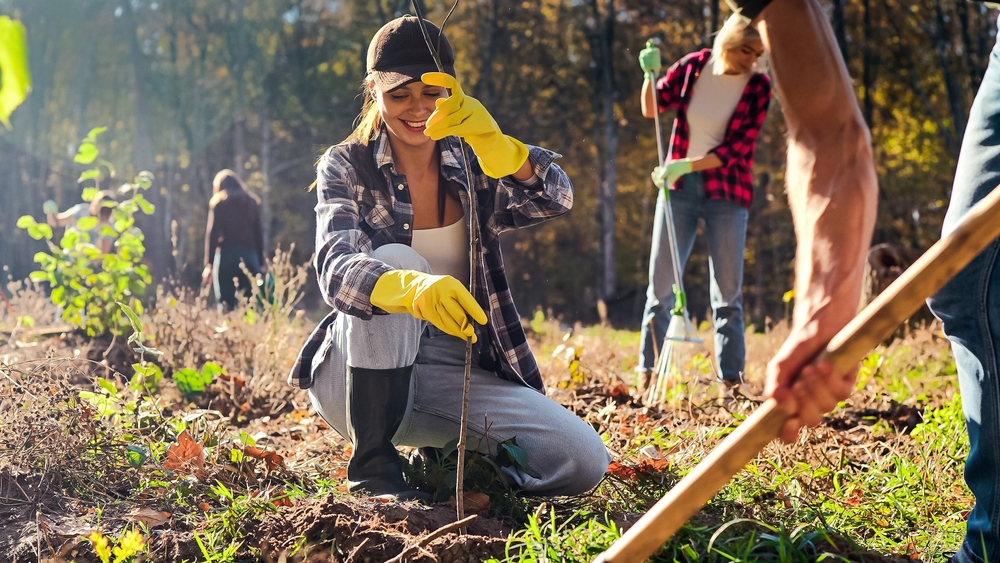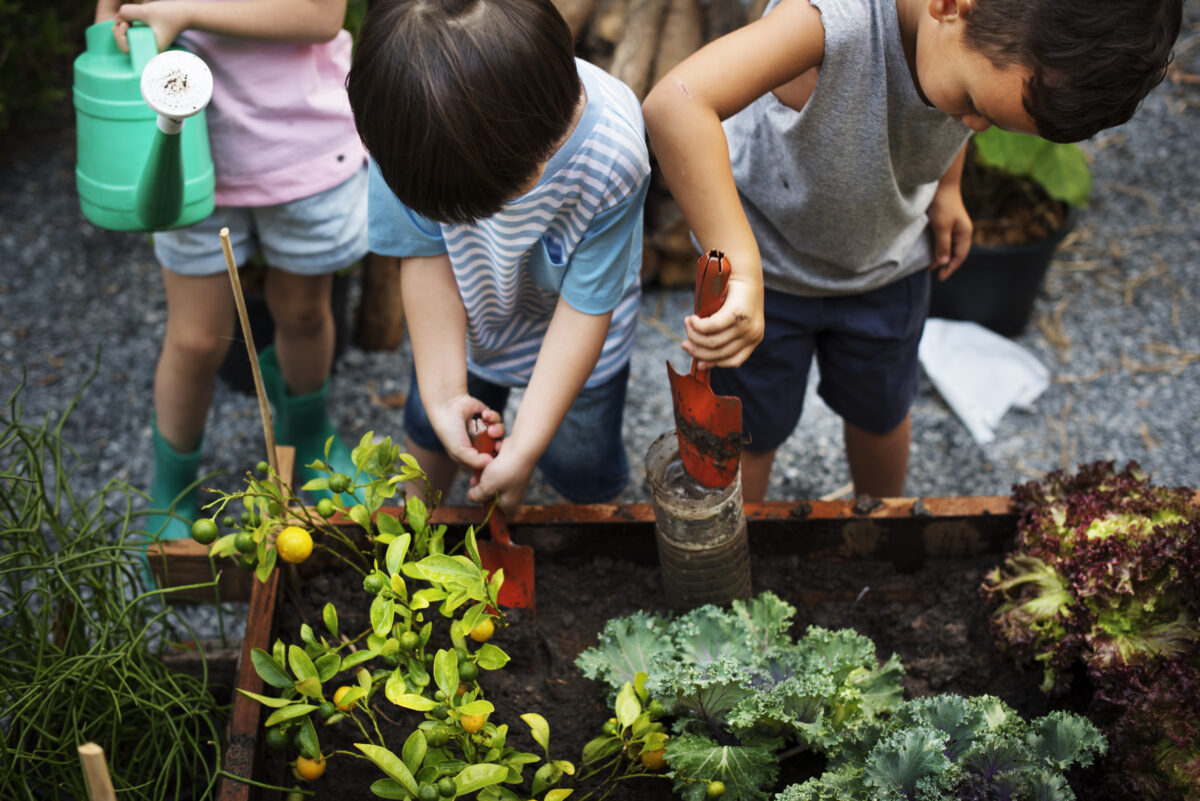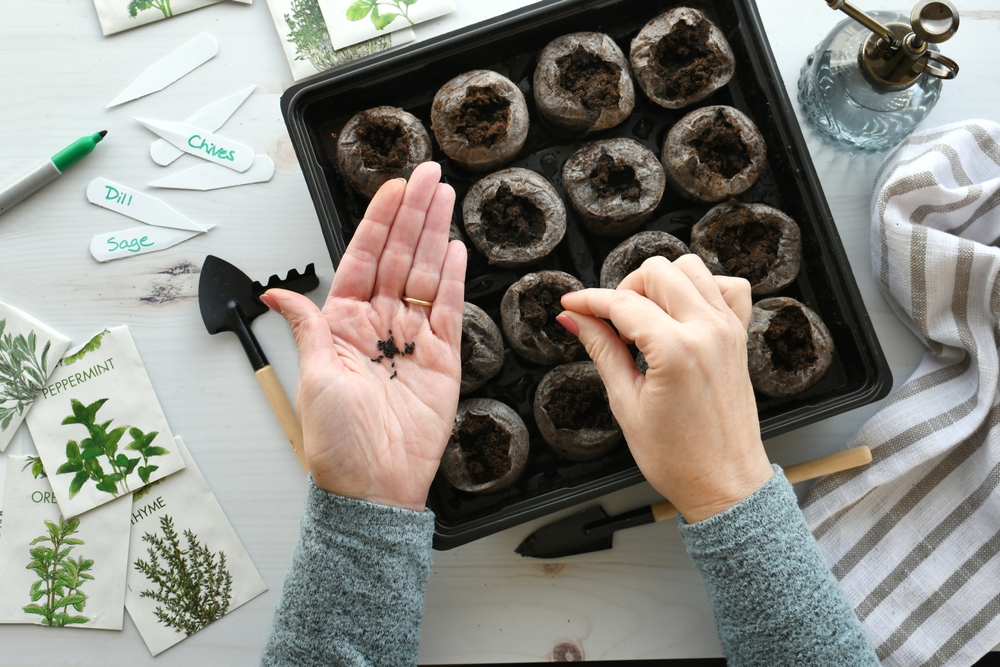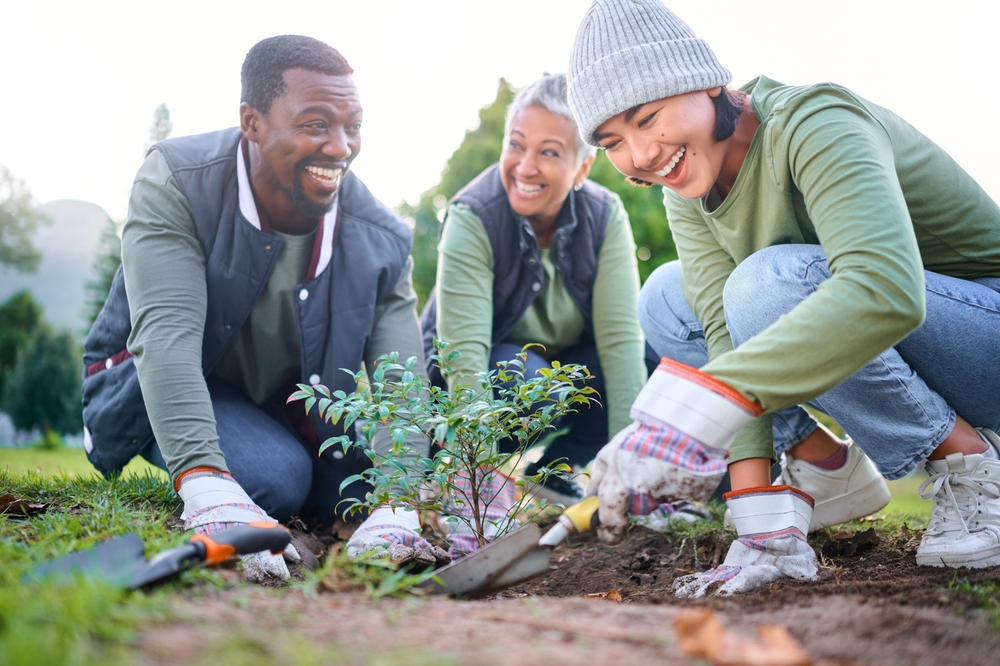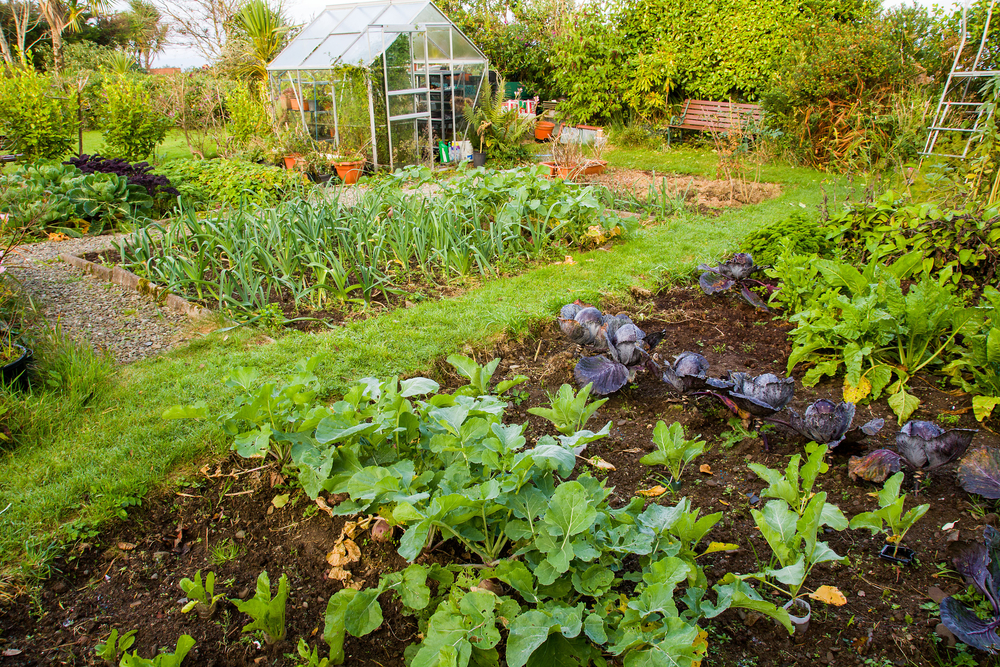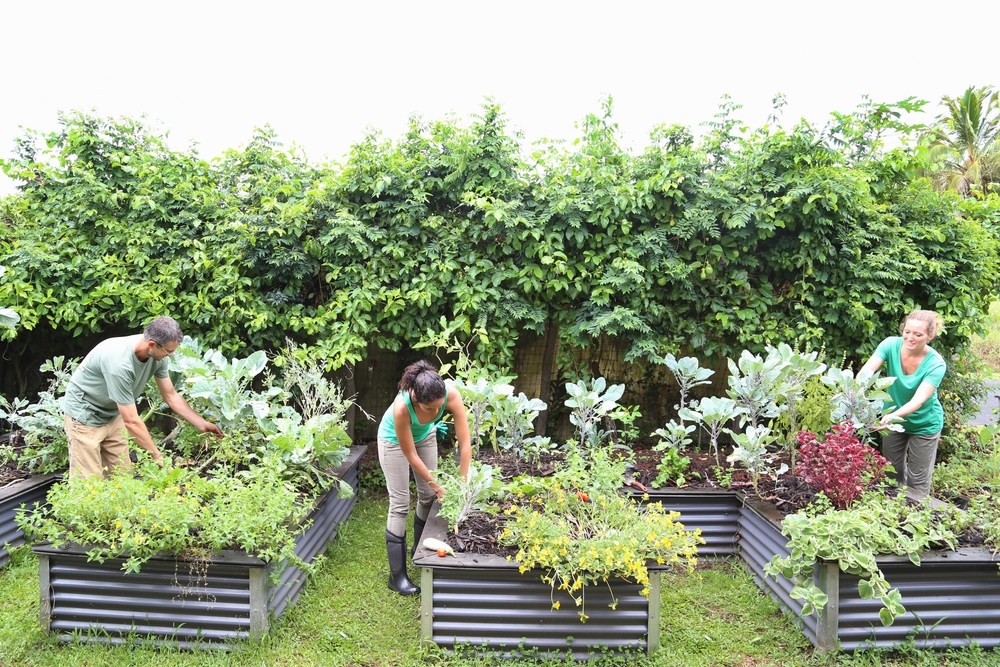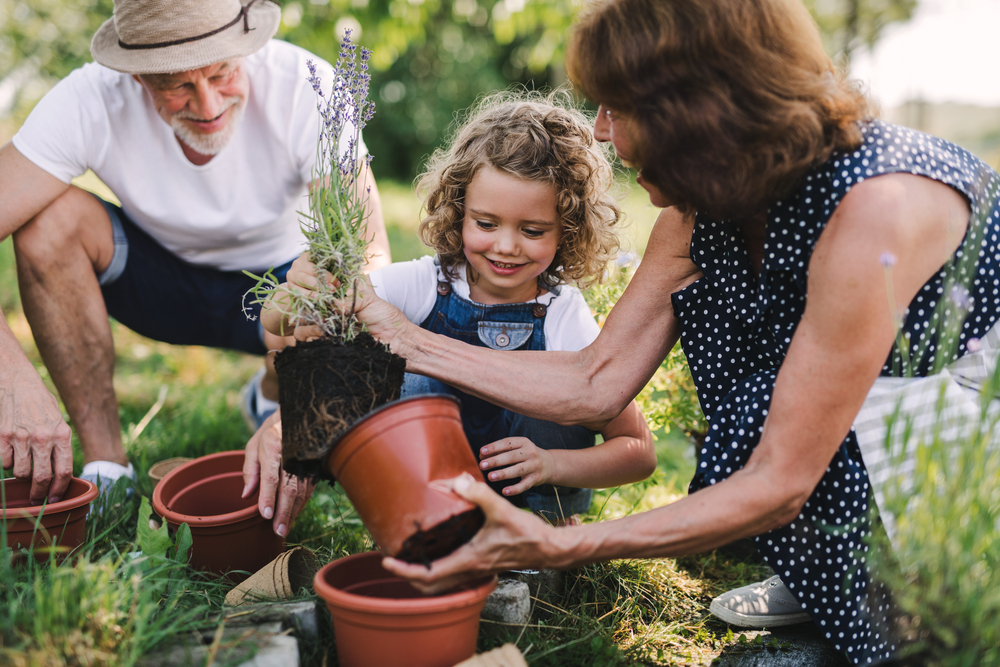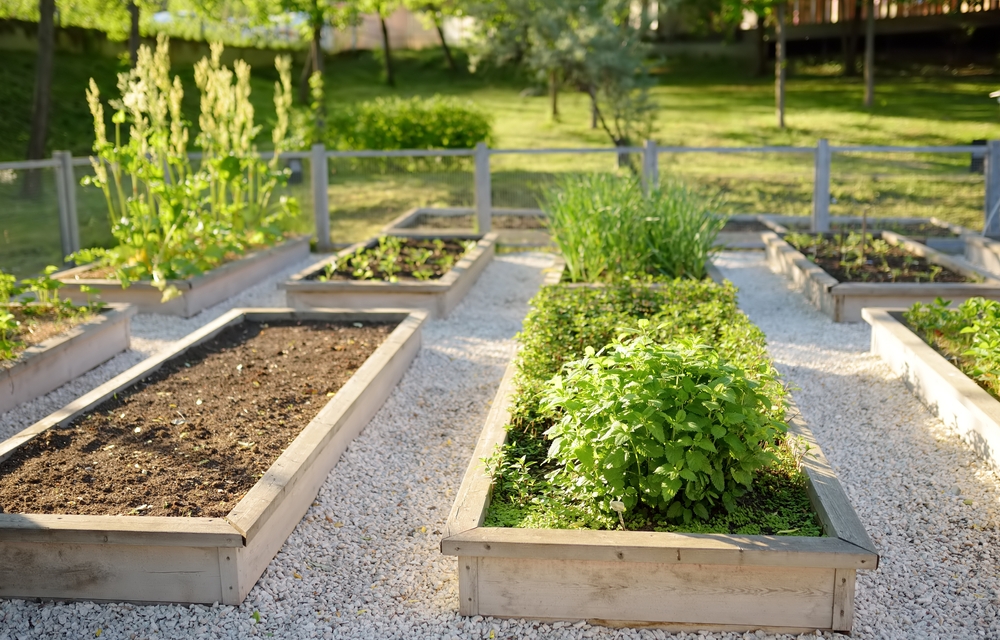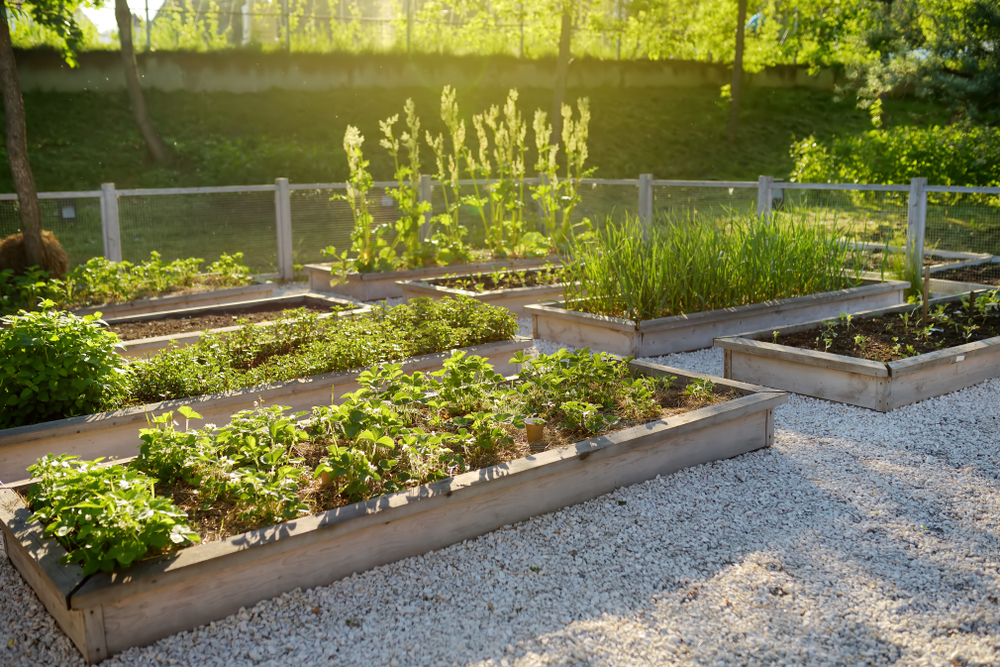Sustainable Gardening Practices for Community Gardens
Community gardens are a wonderful way to bring people together while growing fresh, healthy food. To keep these gardens thriving for years to come, it’s important to use sustainable practices. At Pari Livermore Community Gardens, we encourage gardeners to care for the environment while building stronger communities. Follow these simple tips to create a greener, healthier garden.
Use Compost to Improve Soil
Healthy soil is the foundation of any garden. Composting is a great way to enrich the soil naturally while reducing waste. Here’s how to get started:
- Collect organic waste: Save fruit and vegetable scraps, coffee grounds, and eggshells from your kitchen.
- Add garden waste: Include grass clippings, leaves, and small branches. Avoid adding diseased plants or weeds with seeds.
- Layer and turn: Alternate between “green” materials (food scraps) and “brown” materials (leaves). Turn the pile regularly to speed up decomposition.
Composting reduces the need for chemical fertilizers and creates nutrient-rich soil that helps plants grow.
Save Water with Smart Irrigation
Water is a precious resource, and using it wisely benefits both the environment and your garden. Here are a few ways to conserve water:
- Install rain barrels: Collect rainwater to use in your garden. This reduces your reliance on tap water.
- Use drip irrigation: This system delivers water directly to the roots, minimizing waste.
- Water at the right time: Water early in the morning or late in the evening to reduce evaporation.
By saving water, you can keep your garden healthy while protecting the environment.
Choose Native and Pollinator-Friendly Plants
The plants you grow can make a big difference in your garden’s sustainability. Choose plants that are native to your area and attract pollinators like bees and butterflies.
- Why native plants matter: They are adapted to your local climate and require less water and maintenance.
- Pollinator-friendly plants: Include flowers like milkweed, lavender, and sunflowers to support pollinators.
- Diverse planting: A mix of vegetables, herbs, and flowers creates a balanced ecosystem.
These choices support biodiversity and help your garden thrive naturally.
Avoid Harmful Chemicals
Pesticides and herbicides can harm the environment and the health of your community. Instead, use eco-friendly alternatives:
- Natural pest control: Introduce beneficial insects like ladybugs to control pests.
- Hand-pulling weeds: This simple method avoids the need for herbicides.
- Homemade sprays: Use mixtures of water, soap, and vinegar to tackle common garden problems.
Reducing chemicals keeps your garden safe for people, pets, and wildlife.
Share Resources and Knowledge
Community gardens are about working together. Sharing tools, seeds, and gardening tips makes the garden more sustainable.
- Organize tool-sharing programs: This reduces the need for every gardener to buy their own tools.
- Host workshops: Teach others about composting, planting, and water conservation.
- Plan together: Coordinate planting schedules to maximize space and resources.
By sharing, you strengthen your community and make the garden a better place for everyone. Sustainable gardening is good for the planet and your community. At Pari Livermore Community Gardens, we’re here to support you with expert advice and resources. If you want to learn more or get involved, contact us today. Let’s grow a greener future together!
